
AMIDST the current economic landscape, investors are closely monitoring the actions of major central banks all around the world, particularly the influential Federal Reserve in the United States, to gauge the possibility of a policy rate reduction in response to concerns related to inflation. Despite the antici- pation of a ‘Fed pivot’ towards lowering the rates, recent Consumer Price Index (CPI) and core CPI data have indicated a resurgence in inflation, exacerbated by escalating commodity prices that have not yet reflected in CPI metrics. Drawing parallels from history, the current economic pattern echoes that of the 1940s and 1970s that were characte- rised by distinct multiple waves of inflation. If the past is anything to go by, we are apparently ready for the next wave of global inflation.
While investors anticipate synchronised rate cuts, comments from Prof Larry Summers, a former US treasury secretary, caution them against any complacency, suggesting a potential upward trajectory in the relevant rates.
Additionally, the Bank for International Settlements (BIS), which is the main regulator of major central banks, has also issued a warning highlighting the persistent threat of global inflation, and the concern that it is too early to start lowering the rates.
Amidst escalating geopolitical tensions, exemplified by the recent Iranian action against Israel and the resulting uncertainty, the surge in gold and oil prices has underscored the impact of geopolitical risks on market dynamics. The cautious stance adopted by the Bank of England (BoE) Governor Andrew Bailey earlier in the year, who emphasised the potential for further shocks with an uncertain global landscape, resonates today with ongoing discussions surrounding geopolitical risks and their rather serious ramifications for economic stability.
Based on insights from renowned economist Prof Nouriel Roubini’s analysis of geopolitical trends in his famous work back in 2022, Megathreats: Our Ten Biggest Threats, which foresaw risks of a debt crisis, currency crisis and stagflation, one can see thatthe policy- makers in Pakistan are confronted with a lot of challenging decisions amidst high debt, sluggish growth and internal political discord.
In the light of all these complexities, prudence dictates focussing on another arrangement with the International Monetary Fund (IMF). However, the task of achieving economic resilience in the face of geopolitical uncertainties, in turn, necessitates internal political reconciliation and concerted efforts towards national unity. These are basic prerequisites for effectively navigating across the tough geopolitical landscape.
Adil Hanif Godil
London, UK
Published in Dawn, April 19th, 2024

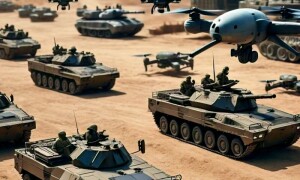
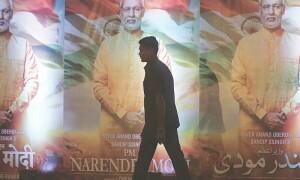











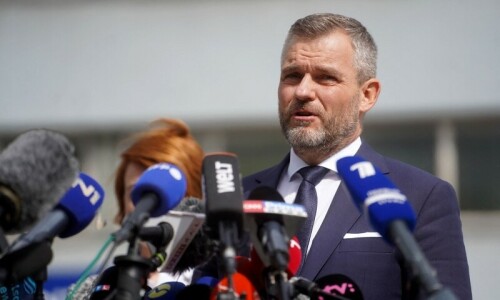


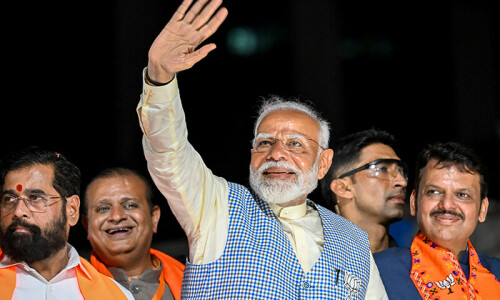





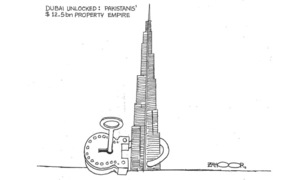




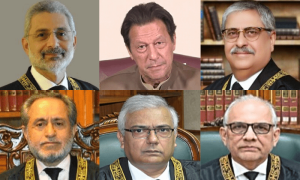









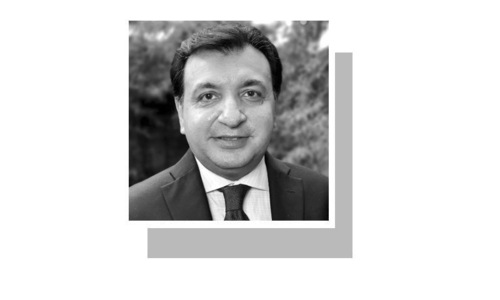


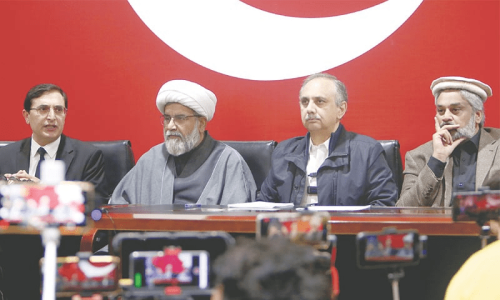

Dear visitor, the comments section is undergoing an overhaul and will return soon.